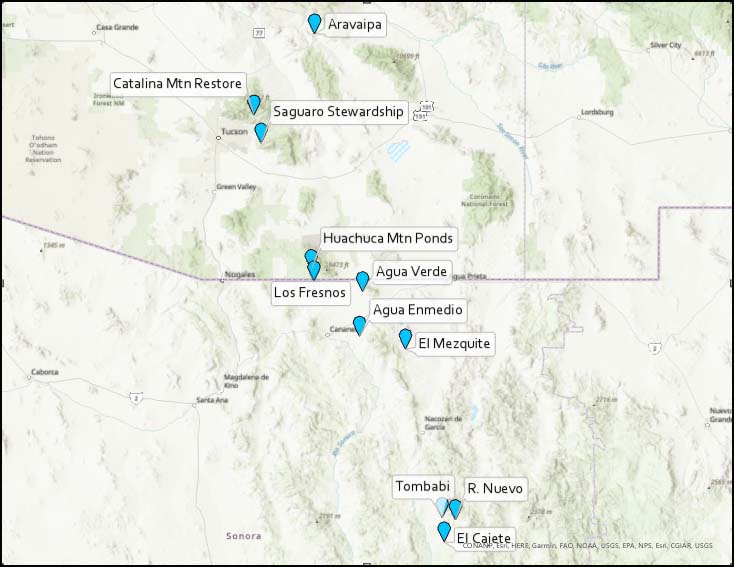 We’ve reached an exciting point here at Sky Island Alliance where our projects in southeastern Arizona and northern Sonora are taking new shape and growing, and we wanted to share an update on our latest work. As ever, we strive to improve wildlife habitat and water sources for both native species and people throughout the region. To achieve this mission, we’ve been working with land managers on private and public lands. And we’ve been working with local communities who know the land best to develop our conservation priorities and strategies.
We’ve reached an exciting point here at Sky Island Alliance where our projects in southeastern Arizona and northern Sonora are taking new shape and growing, and we wanted to share an update on our latest work. As ever, we strive to improve wildlife habitat and water sources for both native species and people throughout the region. To achieve this mission, we’ve been working with land managers on private and public lands. And we’ve been working with local communities who know the land best to develop our conservation priorities and strategies.
Read on for a closer look at each of our current projects, and stay tuned for ways you can get involved in this science-based restoration work.
U.S. Projects
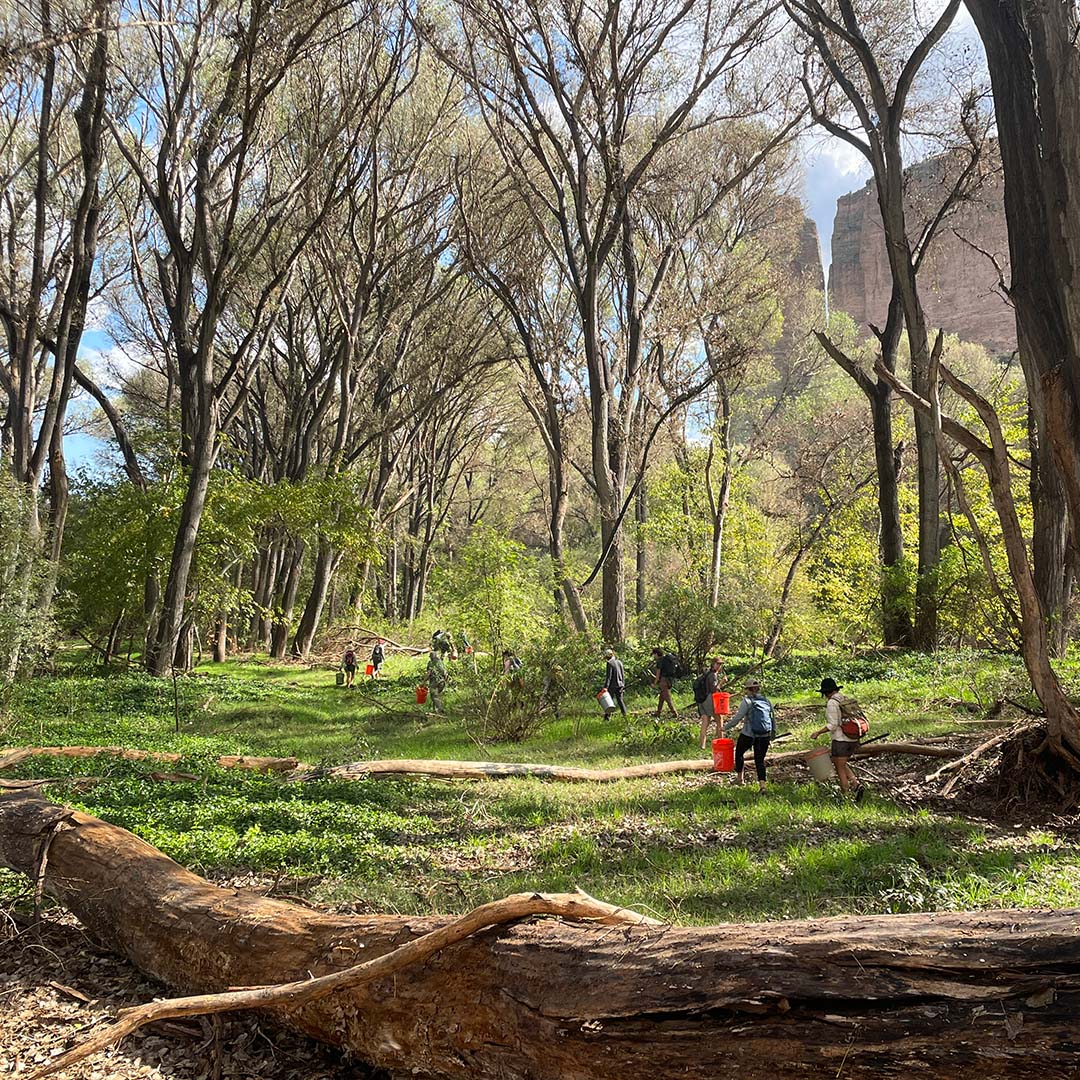 Aravaipa Habitat Project — since 2015, Sky Island Alliance, The Nature Conservancy, Gila Watershed Partnership, and hundreds of volunteers have worked hard to remove invasive periwinkle (Vinca major) from the creekbeds in Aravaipa Canyon Preserve — one of the most intact native fisheries left in Arizona. By pulling the entire vinca plant and growing native flora in its stead, we’ve been able to enhance habitat for many species like loach minnow and spikedace. Last winter, SIA staff and 33 volunteers pulled invasive vinca from 2.77 miles of the canyon’s creekbank over three weekends. Volunteers will return over Memorial Day weekend (May 26-29) to continue the effort to save this spectacular canyon.
Aravaipa Habitat Project — since 2015, Sky Island Alliance, The Nature Conservancy, Gila Watershed Partnership, and hundreds of volunteers have worked hard to remove invasive periwinkle (Vinca major) from the creekbeds in Aravaipa Canyon Preserve — one of the most intact native fisheries left in Arizona. By pulling the entire vinca plant and growing native flora in its stead, we’ve been able to enhance habitat for many species like loach minnow and spikedace. Last winter, SIA staff and 33 volunteers pulled invasive vinca from 2.77 miles of the canyon’s creekbank over three weekends. Volunteers will return over Memorial Day weekend (May 26-29) to continue the effort to save this spectacular canyon.
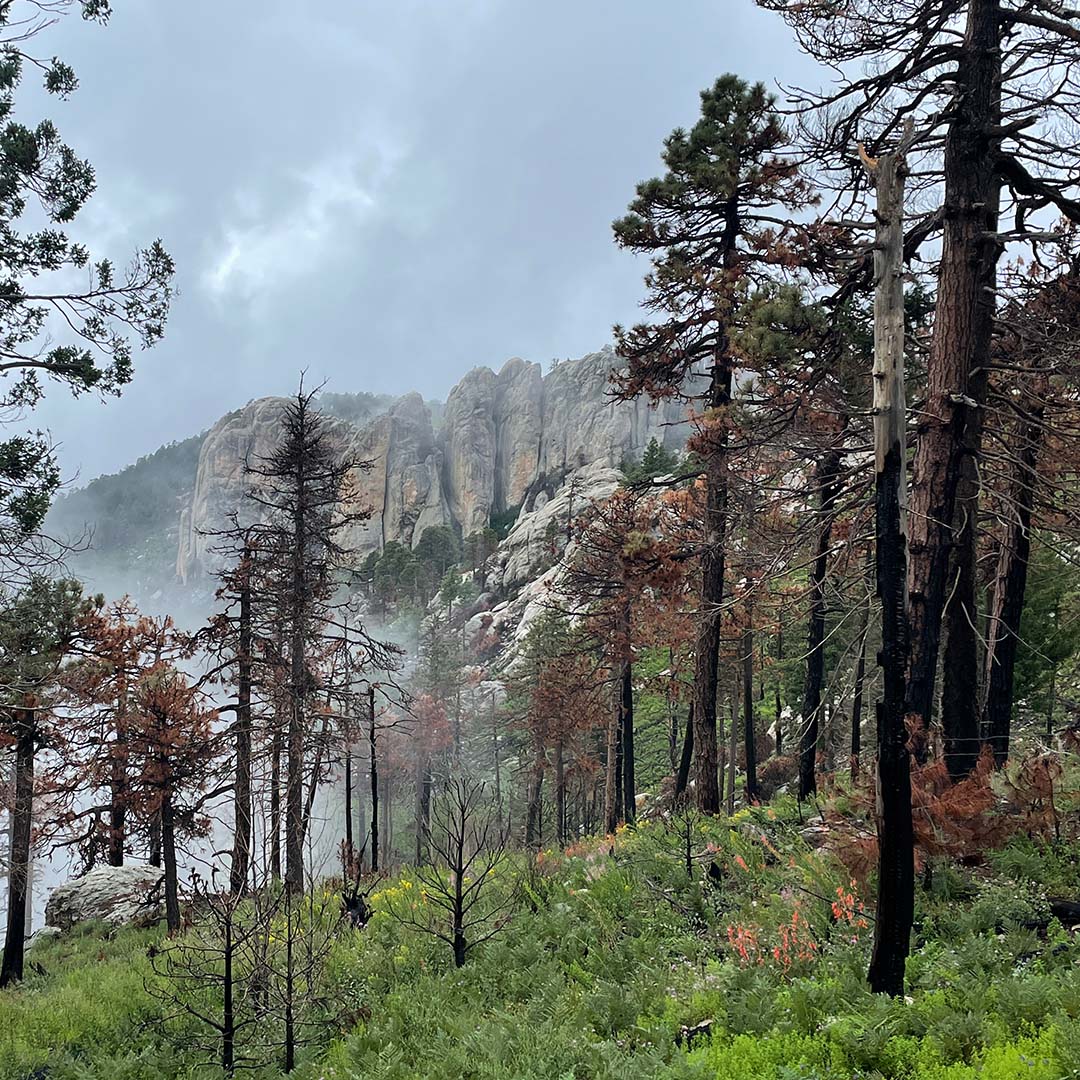 Coronado National Forest, Catalina Mountains — 2020’s Bighorn Fire burned nearly 120,000 acres in the Catalinas just north of Tucson and disturbed vast stretches of upland forest habitat. The watershed impacts are expected to manifest over coming years as trees die, slopes become unstable, springs get buried, and less water reaches aquifers through burned soils. These impacts could also harm wildlife that depend on upland springs for water. Fortunately, there are many simple actions that can improve habitat and water security and help the Catalinas recover. This spring we kick off work to rescue seven priority springs and create 150 erosion-control structures in the Bighorn Fire area in partnership with Arizona Conservation Corps crews.
Coronado National Forest, Catalina Mountains — 2020’s Bighorn Fire burned nearly 120,000 acres in the Catalinas just north of Tucson and disturbed vast stretches of upland forest habitat. The watershed impacts are expected to manifest over coming years as trees die, slopes become unstable, springs get buried, and less water reaches aquifers through burned soils. These impacts could also harm wildlife that depend on upland springs for water. Fortunately, there are many simple actions that can improve habitat and water security and help the Catalinas recover. This spring we kick off work to rescue seven priority springs and create 150 erosion-control structures in the Bighorn Fire area in partnership with Arizona Conservation Corps crews.
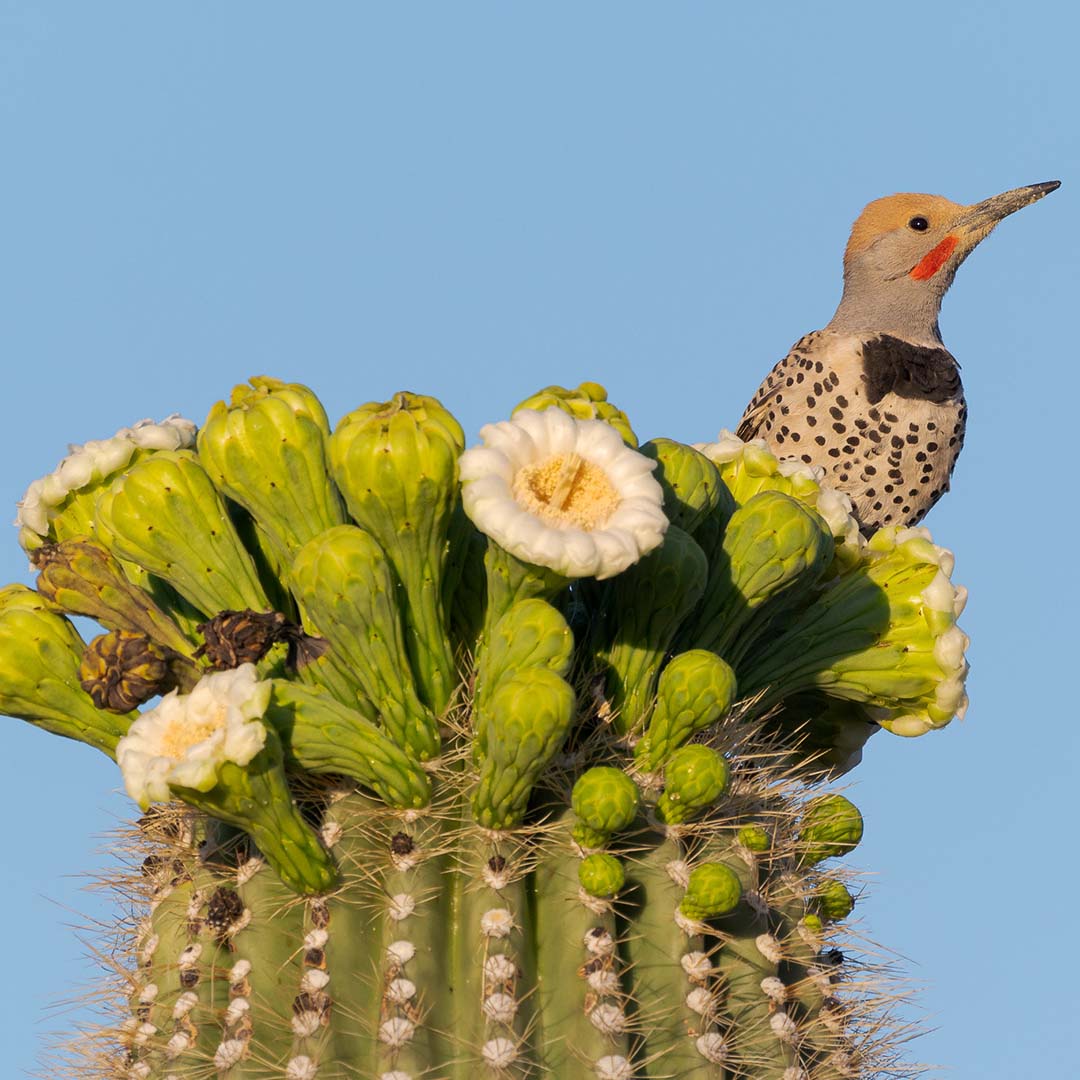 Saguaro National Park Stewardship — SIA volunteers are partnering with the natural resources staff at Saguaro National Park to explore and steward unique and remote sections of the beloved national park. The stewardship crews are removing invasive species, monitoring saguaros, identifying wildlife and plants, and learning backcountry tips and how to care for the land.
Saguaro National Park Stewardship — SIA volunteers are partnering with the natural resources staff at Saguaro National Park to explore and steward unique and remote sections of the beloved national park. The stewardship crews are removing invasive species, monitoring saguaros, identifying wildlife and plants, and learning backcountry tips and how to care for the land.
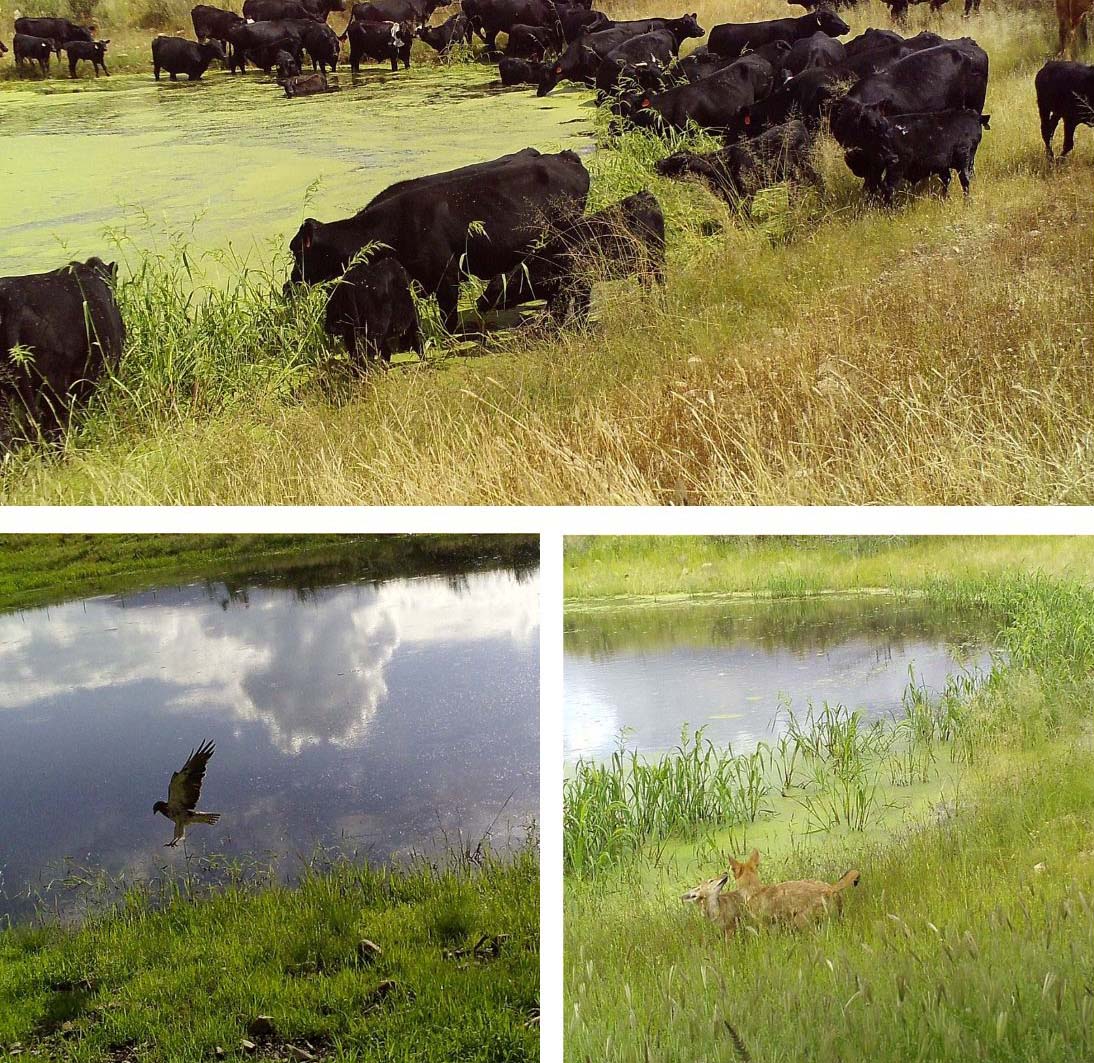 Coronado National Forest, Huachuca Mountains — just north of our Border Wildlife Study, we’re collaborating with the Forest Service to enhance water reliability and habitat at three stock ponds in the Huachucas. This area is critical habitat for jaguars and imperiled species like Chiricahua leopard frogs, northern Mexican garter snakes, and Mexican long-tongued bats. Many species depend on these water sources for survival. Through this project, these ponds will be connected to the Lone Mountain well to improve local water storage. Wildlife-friendly fencing will be installed to separate cattle from the pond, and drinkers for cattle will be installed outside the fence. This project aims to prepare the ponds for Chiricahua leopard frog introduction and to sustain wildlife during dry periods.
Coronado National Forest, Huachuca Mountains — just north of our Border Wildlife Study, we’re collaborating with the Forest Service to enhance water reliability and habitat at three stock ponds in the Huachucas. This area is critical habitat for jaguars and imperiled species like Chiricahua leopard frogs, northern Mexican garter snakes, and Mexican long-tongued bats. Many species depend on these water sources for survival. Through this project, these ponds will be connected to the Lone Mountain well to improve local water storage. Wildlife-friendly fencing will be installed to separate cattle from the pond, and drinkers for cattle will be installed outside the fence. This project aims to prepare the ponds for Chiricahua leopard frog introduction and to sustain wildlife during dry periods.
Mexico Projects
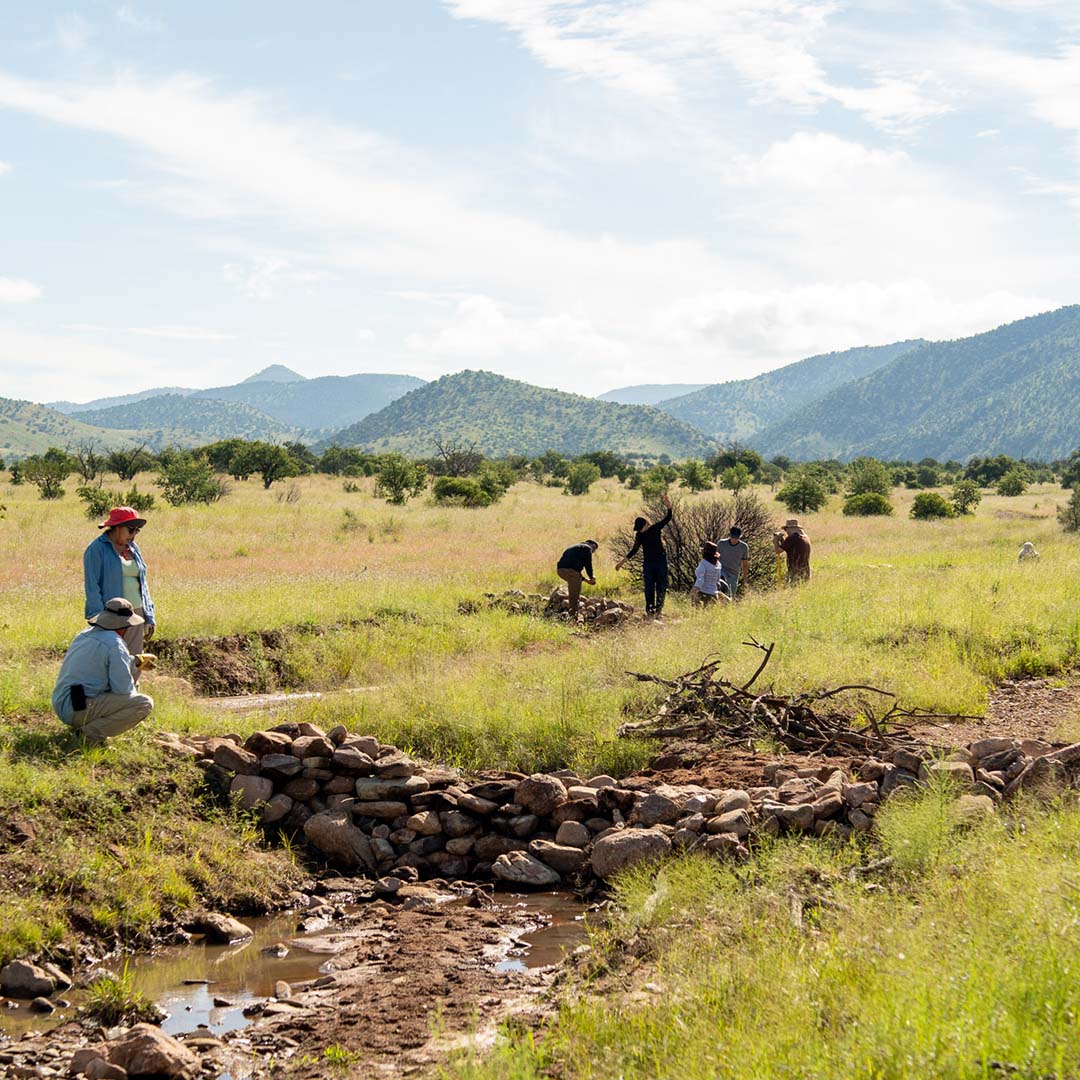 Rancho Agua de Enmedio — Sky Island Alliance is partnering with Profauna, university students, and landowners at this ranch just east of Cananea to invest in regenerative ranching that’ll enhance habitat quality for the Rio Sonora watershed. Activities include the creation of erosion-control structures to improve soil quality and water retention. Cattle-exclusion fencing will also be installed to protect important riparian areas, and construction of a tree nursery is underway.
Rancho Agua de Enmedio — Sky Island Alliance is partnering with Profauna, university students, and landowners at this ranch just east of Cananea to invest in regenerative ranching that’ll enhance habitat quality for the Rio Sonora watershed. Activities include the creation of erosion-control structures to improve soil quality and water retention. Cattle-exclusion fencing will also be installed to protect important riparian areas, and construction of a tree nursery is underway.
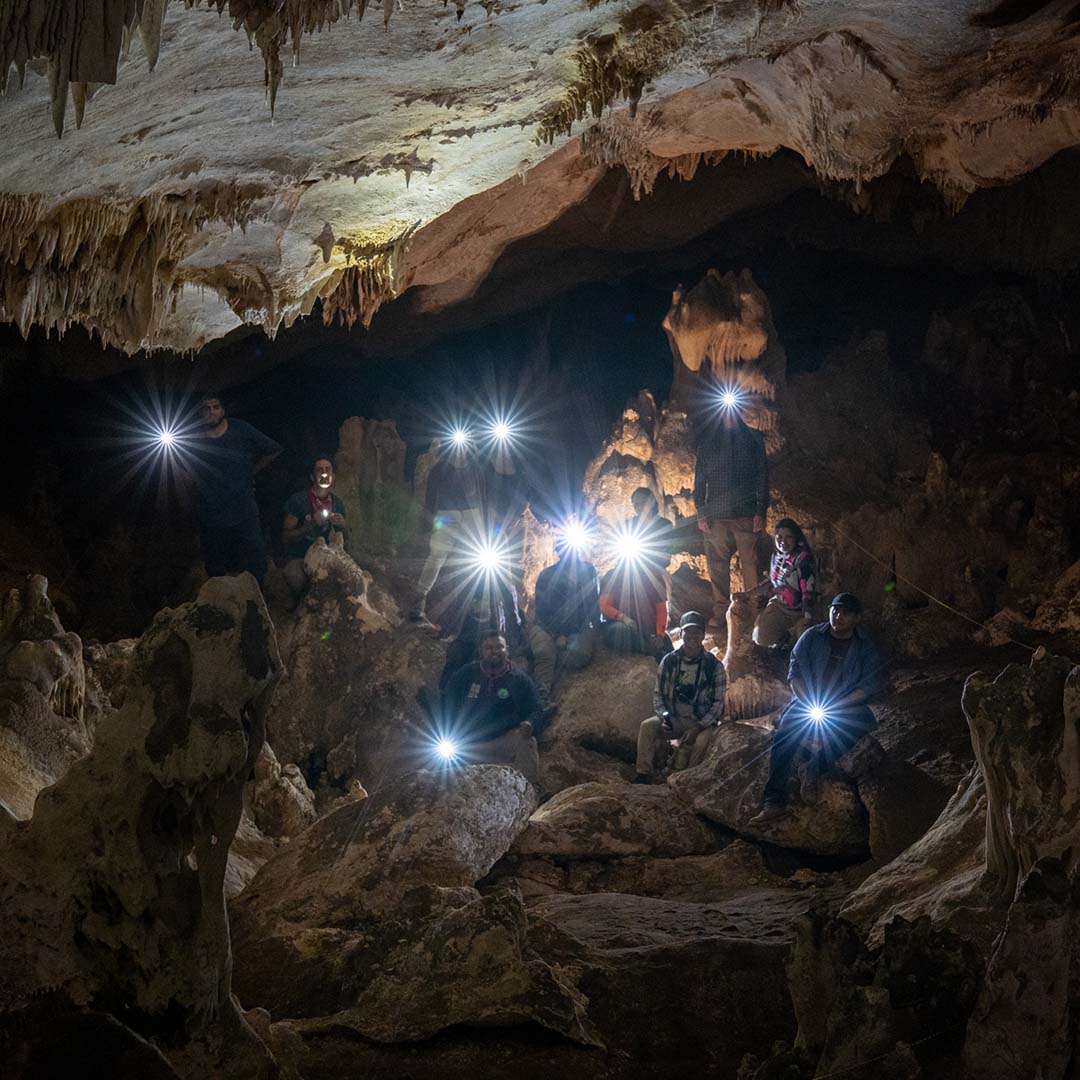 Rancho Agua Verde — SIA staff have been building a relationship with landowners at this northern Sonora ranch with several positive results and more on the horizon. So far, an additional paddock has been added for increased rotational grazing. Two spring restoration projects are underway. And currently both springs are receiving wildlife-friendly fencing to keep out cattle. Our staff is also helping the owners plan for future ecotourism possibilities, including visits to an underground cave, as an alternative income to cattle ranching.
Rancho Agua Verde — SIA staff have been building a relationship with landowners at this northern Sonora ranch with several positive results and more on the horizon. So far, an additional paddock has been added for increased rotational grazing. Two spring restoration projects are underway. And currently both springs are receiving wildlife-friendly fencing to keep out cattle. Our staff is also helping the owners plan for future ecotourism possibilities, including visits to an underground cave, as an alternative income to cattle ranching.
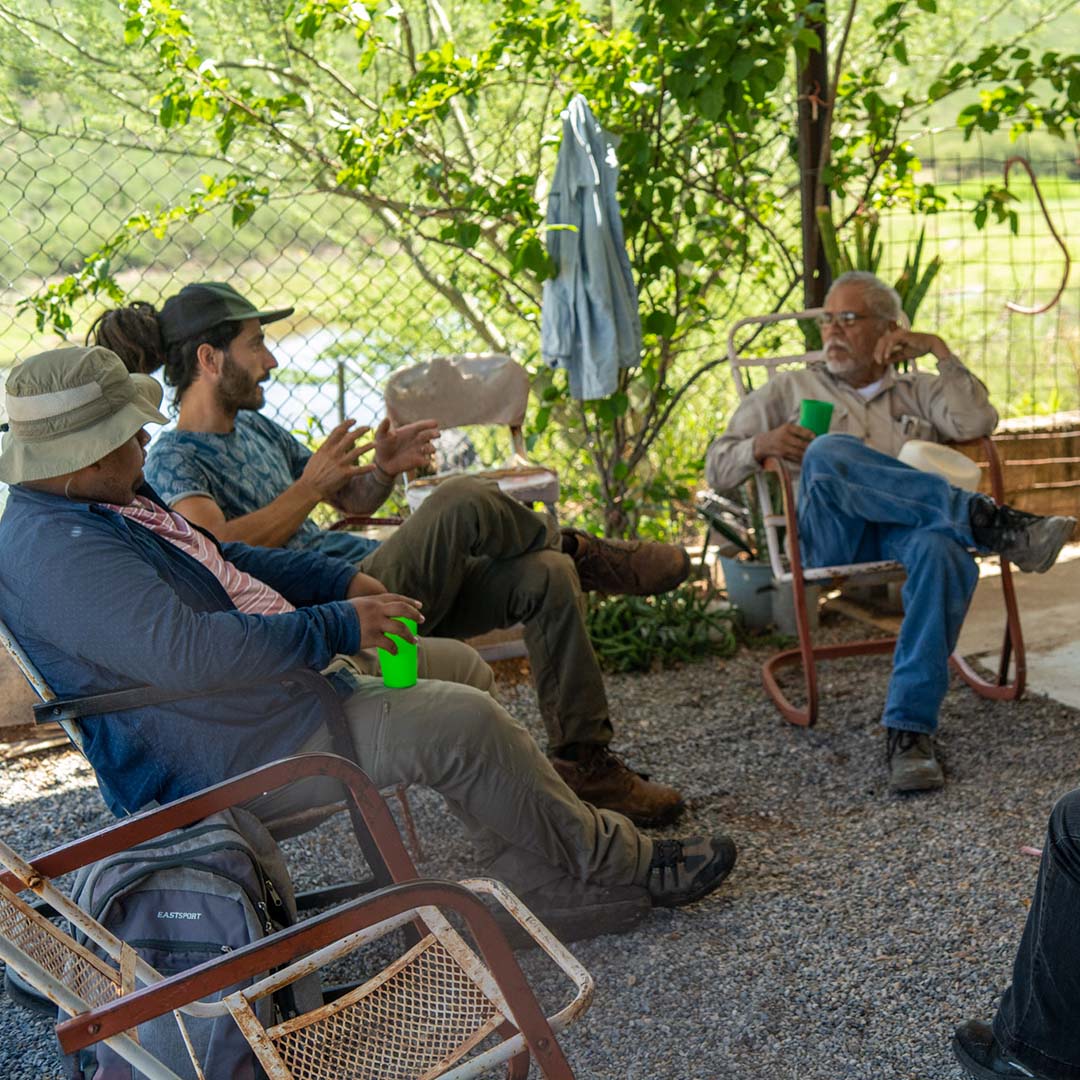 Rancho El Cajete — in the face of drought and degrading soils, water shortages have been a continued problem for landowners at this ranch outside Moctezuma, Sonora. Our staff is leading restoration workdays with local students to construct erosion-control structures that’ll help retain water in the soil. And a rainwater-harvesting system has been designed with the family to provide water for all their ranch-house needs and to water native trees nearby.
Rancho El Cajete — in the face of drought and degrading soils, water shortages have been a continued problem for landowners at this ranch outside Moctezuma, Sonora. Our staff is leading restoration workdays with local students to construct erosion-control structures that’ll help retain water in the soil. And a rainwater-harvesting system has been designed with the family to provide water for all their ranch-house needs and to water native trees nearby.
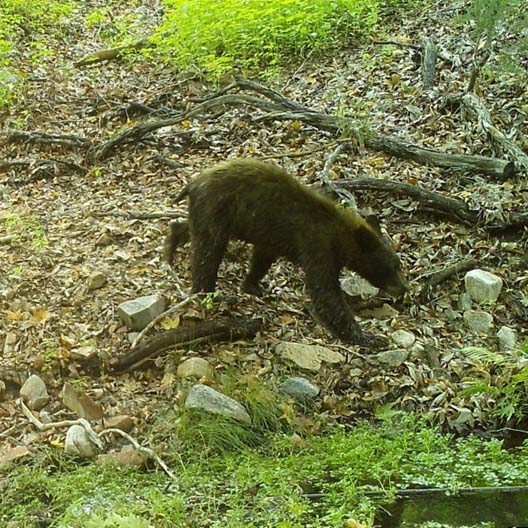 Rancho El Mezquite — SIA staff have been working with landowners at this 10,000-acre ranch in northern Sonora to monitor wildlife like this black bear seen in January. An expedition with university students is planned for May 2023 to document springs, record flora and fauna, and evaluate the ecosystem’s health.
Rancho El Mezquite — SIA staff have been working with landowners at this 10,000-acre ranch in northern Sonora to monitor wildlife like this black bear seen in January. An expedition with university students is planned for May 2023 to document springs, record flora and fauna, and evaluate the ecosystem’s health.
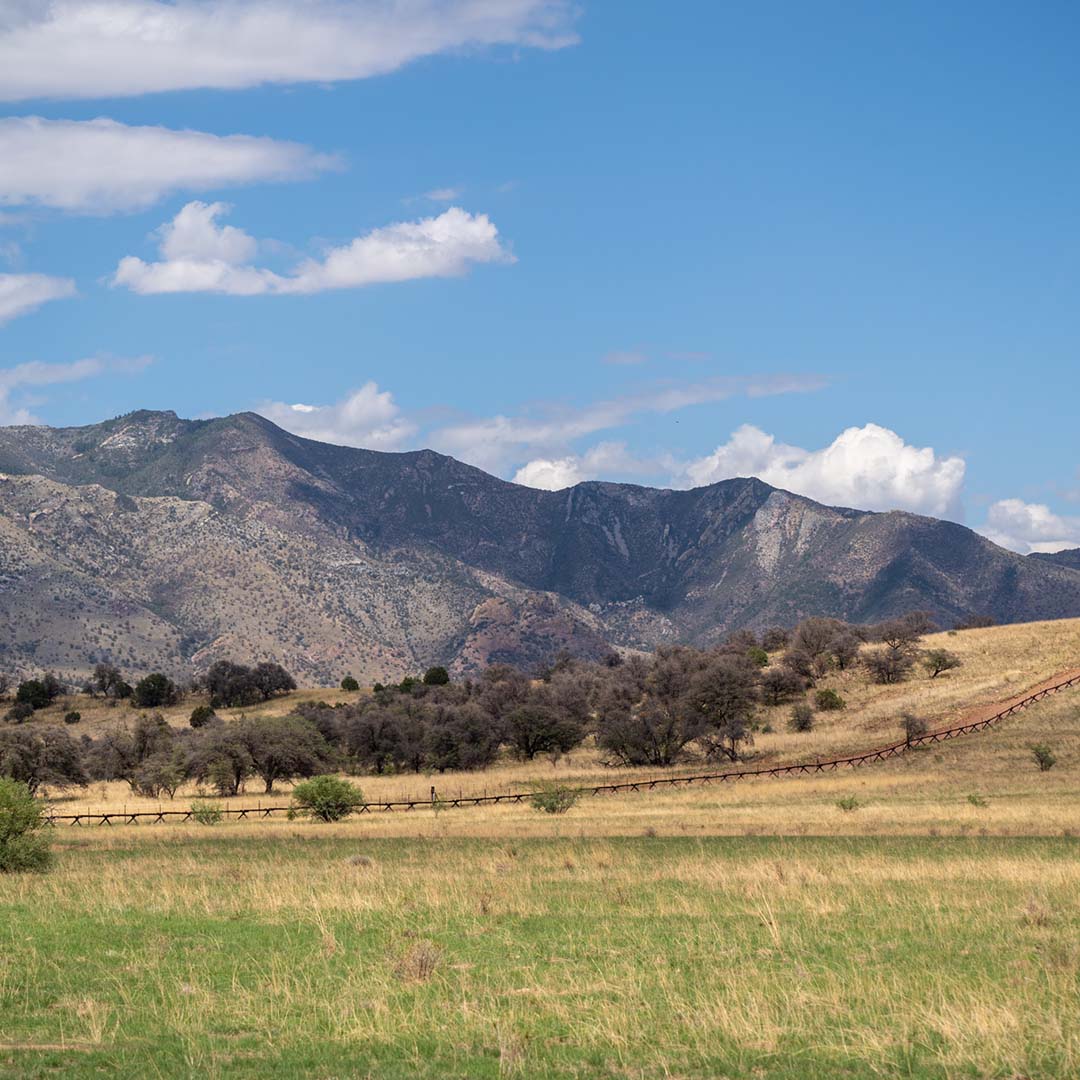 Rancho Los Fresnos — Rancho Los Fresnos is an ecologically important area with wetlands, located in the southern Huachuca Mountains along some of the last unwalled border within the region. Our staff are collaborating with The Nature Conservancy to support protection of the ranch’s riparian habitats, including springs like Agua Dulce.
Rancho Los Fresnos — Rancho Los Fresnos is an ecologically important area with wetlands, located in the southern Huachuca Mountains along some of the last unwalled border within the region. Our staff are collaborating with The Nature Conservancy to support protection of the ranch’s riparian habitats, including springs like Agua Dulce.
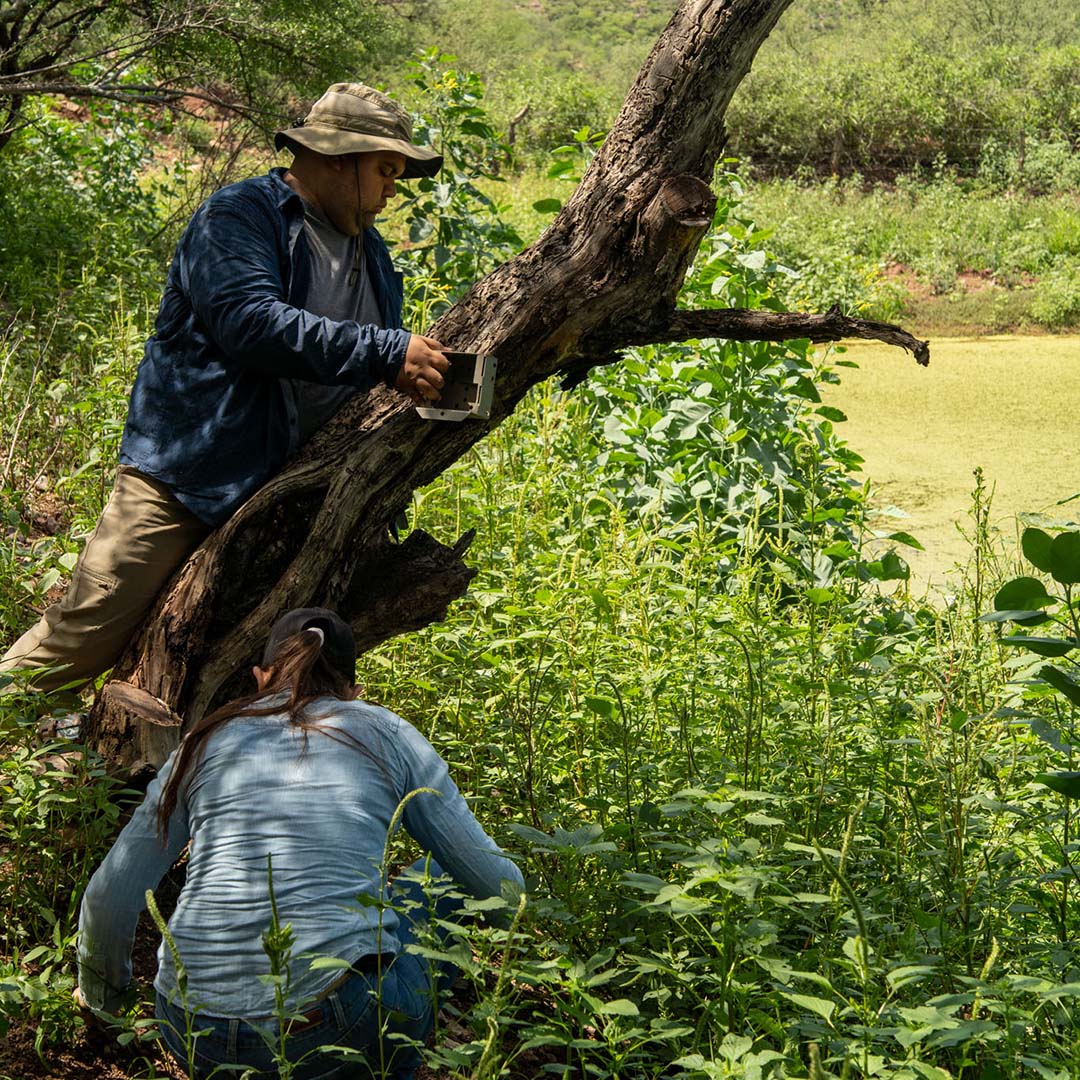 Rancho Nuevo and Tombabi — we’re working with landowners at these ranches outside Moctezuma, Sonora, to monitor wildlife on a small scale, while taking advantage of proximity to the Universidad de la Sierra to host a wildlife-camera workshop with students. Our hope is to help provide these future biologists with the on-the-ground experience they need to be the next generation of stewards in the region.
Rancho Nuevo and Tombabi — we’re working with landowners at these ranches outside Moctezuma, Sonora, to monitor wildlife on a small scale, while taking advantage of proximity to the Universidad de la Sierra to host a wildlife-camera workshop with students. Our hope is to help provide these future biologists with the on-the-ground experience they need to be the next generation of stewards in the region.
To learn more about these projects and how to volunteer, check out these virtual Coffee Breaks we held in February 2023 highlighting our work in Arizona and Sonora. And keep an eye out for upcoming events on our calendar.

